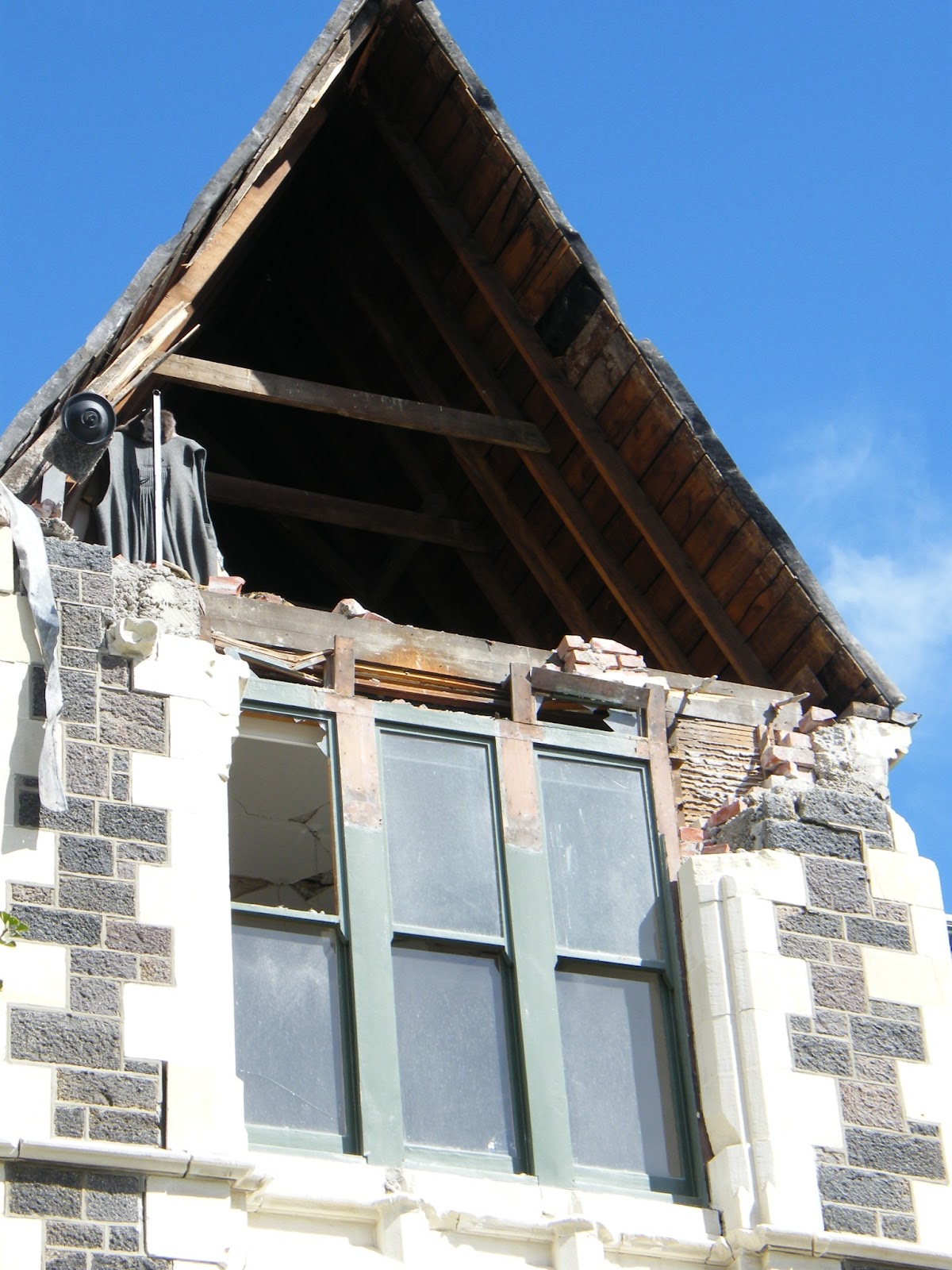Yesterday, I proudly showed you my stone carving creation that I did whilst working at the Arts Centre. Today I will introduce you to the sight. I know I should have done this the other way round, but hey, I am breaking with tradition.
Image courtesy of the Arts Centre
This is the campus circa 1940, when the University of Canterbury still occupied the site.
Severely damaged in the Feb 2011 quake, the site now has a repair budget of just under $300m.
All of the above images are courtesy to the Arts Centre
It is a palimpsest of architectural styles that all hark back to the Gothic Revival. The first building to be constructed on site was the Clock Tower in 1877 and modifications and additions continued well into the 1960s.
Google images
At the moment, the interior clock mechanism and face have been removed and it is covered in scaffold.
It was originally built for the first Canterbury College, later the University of Canterbury, before its move to Ilam in the 1970s. Parts of the site were also used as a boys and girls high school (these were, naturally, at opposite ends of the campus; boys to the bottom left and girls to the top right of the site image).
Some of the most famous students include Ernest Rutherford, aka "Father of the Atom"; Helen Connon, the first Canterbury women to graduate with a BA, and Sir Apirana Ngata, NZ's first Maori graduate.
Benjamin Woolfield Mountfort was the appointed architect for the earliest parts of the campus. Arriving from England in 1850 at the age of 25, he was highly influenced by Pugin's notions of gothic architecture. Consequently, Mountfort's designs for the college were high victorian gothic, using Port Hills basalt for the main structure and Oamaru limestone for the decorative elements.
The Great Hall was formerly opened in 1882 and for anyone from the UK (i.e. me) it brings forth nostalgia for the Oxbridge cities.
Currently the tower has been removed to the level of the guttering on the great hall, and at the moment quake strengthening is being undertaken by adding concrete and steel pins through the buttresses and roof.
It continues in the gothic style of the Clock Tower, but at the same time incorporates aspects of early french gothic design. The most notable of this is the tower currently sitting on the pavement of Rolleston Ave.
So far I have only been here for a few weeks, but it is an amazingly quirky site and I feel privileged to be able to participate in its conservation and repair.
I know this is a very brief introduction, but honestly, I could be here for days. However, I will keep you updated on the progress as it moves along and you can also see daily updates here.

.JPG)





















